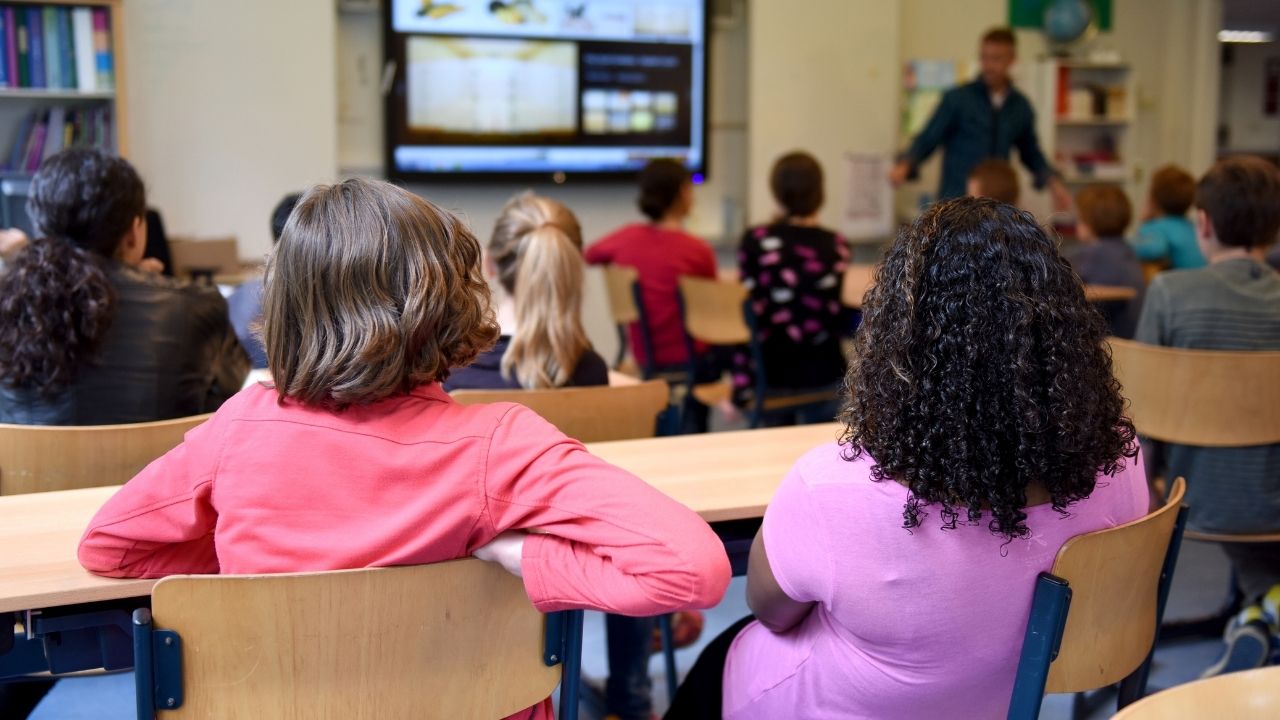
In today's rapidly evolving educational landscape, the integration of technology has become a crucial aspect of effective teaching and learning. As educators, we are constantly challenged to find innovative ways to engage our students and prepare them for the digital world they will inherit. The question of "How do I integrate technology into my teaching?" is one that many of us grapple with on a daily basis.
Embracing the Power of Instructional Technology
The integration of technology in the classroom offers a wealth of opportunities to enhance the learning experience. From interactive whiteboards and multimedia presentations to online collaboration tools and educational apps, the array of digital resources available to us is truly remarkable. By strategically incorporating these technologies, we can create dynamic and immersive learning environments that cater to the diverse needs and learning styles of our students.
Developing Effective Pedagogical Strategies
Integrating technology into our teaching requires more than simply introducing new gadgets and tools. It demands a thoughtful and intentional approach to instructional design. We must carefully consider the pedagogical strategies that will best support our learning objectives and ensure that technology is used in a purposeful and meaningful way.
One such strategy is the flipped classroom model, where students engage with course content outside of class, and class time is dedicated to active learning, collaboration, and problem-solving. By leveraging digital resources and tools, we can create opportunities for students to explore and internalize concepts at their own pace, freeing up valuable in-class time for deeper discussions and hands-on activities.
Another effective approach is the integration of project-based learning (PBL), which encourages students to tackle real-world problems and challenges using a variety of digital tools and resources. PBL not only fosters critical thinking and problem-solving skills but also nurtures creativity, collaboration, and communication - all crucial competencies for success in the 21st-century workforce.
Harnessing the Potential of Digital Tools
The world of educational technology is vast and ever-evolving, offering a plethora of digital tools and resources to enhance our teaching practices. From cloud-based storage and collaboration platforms to interactive learning management systems and gamification elements, the possibilities are endless.
One powerful example is the use of virtual reality (VR) and augmented reality (AR) technologies, which can transport students to immersive learning environments and provide them with unique, hands-on experiences. These innovative tools can be particularly useful in subjects like science, history, and geography, where visualizing complex concepts and processes can deepen understanding and engagement.
Similarly, the integration of coding and computational thinking into the curriculum can equip students with valuable skills for the digital age. By introducing programming languages and logical problem-solving strategies, we can foster critical thinking, creativity, and a deeper understanding of the technological systems that shape our world.
Fostering Classroom Innovation
Integrating technology into our teaching practices is not just about adopting the latest gadgets and tools; it's about cultivating a culture of innovation and continuous learning. As educators, we must be willing to experiment, take risks, and embrace the challenges that come with technological advancements.
This may involve seeking out professional development opportunities, collaborating with colleagues, and staying informed about the latest trends and best practices in educational technology. By cultivating a growth mindset and a willingness to adapt, we can create dynamic and engaging learning environments that inspire our students and prepare them for the demands of the modern world.
Navigating the Challenges of Tech Integration
While the benefits of technology integration in education are numerous, we must also be mindful of the potential challenges and obstacles we may face. Issues such as limited access to digital resources, technical difficulties, and student digital literacy can all present barriers to effective implementation.
To overcome these challenges, we must be proactive in our approach, seeking out creative solutions and collaborating with our school communities. This may involve exploring alternative funding sources, implementing professional development programs, and fostering open dialogues with students, parents, and administrators.
By addressing these challenges head-on and maintaining a solutions-oriented mindset, we can ensure that the integration of technology in our classrooms is a seamless and transformative experience for all.
Conclusion: Embracing the Future of Education
The integration of technology into our teaching practices is not simply a trend or a luxury, but a necessity in the 21st-century education landscape. By embracing the power of instructional technology, developing effective pedagogical strategies, and harnessing the potential of digital tools, we can create engaging, dynamic, and future-ready learning environments that inspire our students and prepare them for the challenges and opportunities that lie ahead.
As we continue to navigate this ever-evolving educational landscape, let us remain committed to fostering a culture of innovation, collaboration, and continuous learning. By doing so, we can unlock the full potential of technology in education and empower our students to thrive in the digital world.
 Careers in EducationElementary EducationHigh School EducationEducational TechnologyTeaching StrategiesSpecial EducationPrivacy PolicyTerms And Conditions
Careers in EducationElementary EducationHigh School EducationEducational TechnologyTeaching StrategiesSpecial EducationPrivacy PolicyTerms And Conditions
